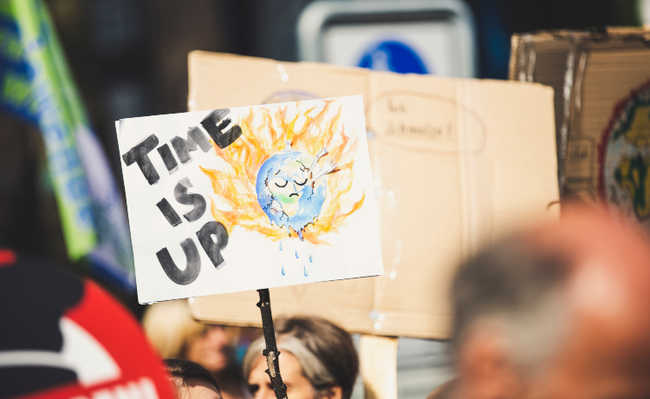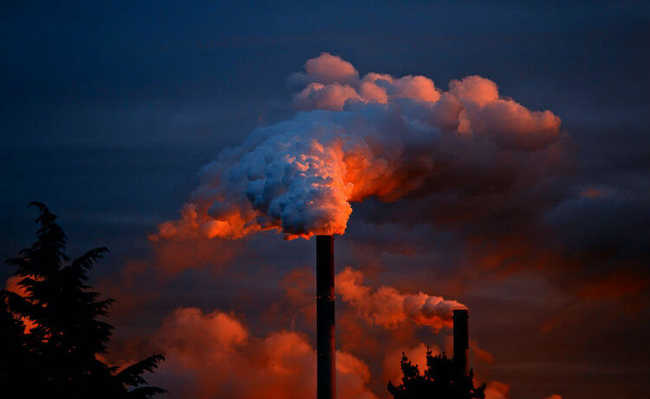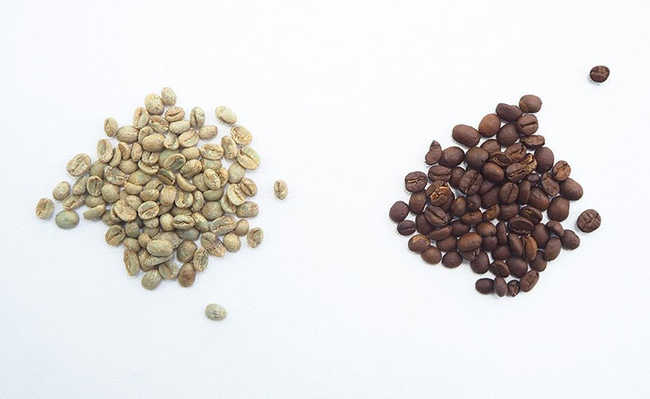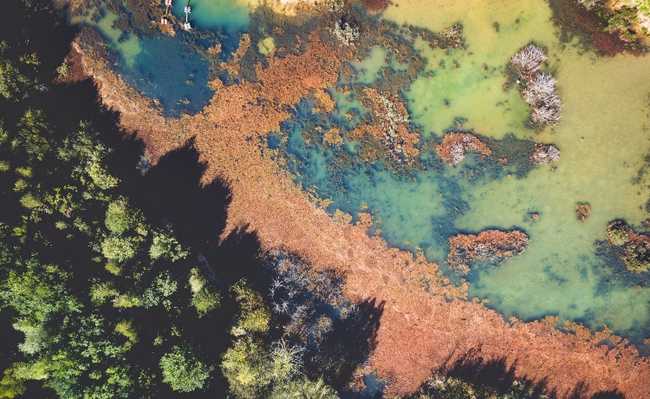Nature photography is a tool for education and the fight against environmental crimes
It can serve as a scientific instrument used in research, even as a form of environmental awareness

Image: Eduardo Leal, Plastic tree #20, Bolivia 2014
Photography establishes immediate communication, it is a universal language that attracts people's attention and can generate a movement towards change. The aesthetic expression of photography can collaborate when drawing attention to environmental issues. Landscape images are democratic and can lead people to think about relationships between man and natural phenomena. She is a tool in environmental education. In contact with photography, the subject is led to new languages, including the political dimension of the phenomena represented. Images inform, represent, surprise and convey meaning. Photographs fascinate and invite the viewer to feel them, perceive them, judge and interpret them.
For Gustavo Pedro de Paula, president of the Nature Photographers Association (Afnatura), "photographing nature can serve as an essential tool for environmental education, but also a weapon for complaints, and bring to light the need to preserve areas in risk of degradation.” The cameras are instruments in the hands of photographers that make it possible to document environmental problems and the impact of human beings on the environment.
nature photography
Nature photography is a genre within photojournalism that aims to portray natural aspects, landscapes, animals, environmental devastation, etc. Within it, there are strands that focus on portraying and photographing biodiversity and its richness, and also artists who prefer an activist nature, denouncing environmental degradation and crimes in an impactful way.
Within nature photography, some photographers are dedicated to specific captures, such as landscape photography, wild world photography and macro photography.In landscape photography, large natural scenes are portrayed. Typically, wide-angle and small aperture lenses are used to work on depth of field.

Wilderness portraits are often taken from a distance to ensure the photographer's safety and the naturalness of the scene. After all, getting up close to lions and other wild animals is not a very safe activity. To do this, photographers use long-range lenses and high shutter speeds to capture the animals' movement.


Another very common type of photography in this context is the one made with a macro lens. These portraits are taken at very small distances and reveal details of nature, such as the eyes of an insect and the pollen of a flower.
Images of endangered landscapes or wild animals illustrate the beauty of nature and, at the same time, convey the sense of loss that could be caused by the degradation of the place. Nature photography is a tool in defending natural landscapes and in understanding the environment, in order to promote the appreciation and respect for biodiversity. The lenses play the socio-environmental function of combating environmental crime and alerting for the preservation of natural areas. "Nature photography creates a lost identity link. Sometimes the public thinks that nature is far away, we chase a photo with the ideal of preserving a species", comments Gustavo Pedro.
environmental scientific photography

Between 1824 and 1829, Baron Georg Heinrich von Langsdorf went on an expedition to Brazil together with the German painter Johan Moritz Rugendas, recording nature and society in paintings. Scientific expeditions have provided insight into our biodiversity and are a valuable record of our history. Since the discovery of photography, it has been related to the environmental issue. In the beginning, the objective of photography was to make a faithful record of nature as it presents itself. Photography serves, in the scientific sphere, as a tool for the development of studies, as a research instrument, support for teaching, data memory and dissemination of research results. Photography is objective documentation that captures information that increases the researcher's observation spectrum.

Photographic surveys of biodiversity are important to identify quantitative and qualitative variations in anthropic action (man) in a localized way and global changes in a broader aspect. By comparing the images, it is possible to analyze the environmental changes in the area. In other words, there is environmental control through the image obtained. Periodic photos of a location reveal the degradation of the environment. Example is the documentary Chasing Ice, which shows photographs of melting glaciers over a few years, using the effect of time-lapse.
Photography in protected areas
In 2011, the Chico Mendes Biodiversity Institute (ICMBio) launched a standard that generates controversy among photographers, cameramen and other professionals who work with nature images. Normative Instruction No. 19/2011 regulates the use of images in federal conservation units, the environmental and heritage assets included in them, as well as the elaboration of products and exploration of the area's image, regardless of commercial purpose.
The professional who wants to capture images in the UCs must fill out a form (electronic or printed) directed to the area's management. The form must inform the product, sub-product or service to be produced and whether the final use is commercial or not. The advance is, on average, five to ten days, depending on the number of UCs in which you intend to work.
Photographers argue that the rules are an obstacle, and that the dissemination of images from protected areas is an instrument to monitor and disseminate information to the general public. The presence of photographers is an informal form of inspection that the units themselves often do not have. In addition, amateur and professional photography is a valuable tool to broaden the public's knowledge of Brazil's natural heritage. With this, the parks' revenue is increased, as the photographs increase the number of tourists. The opening of services to receive photographers, with trail guides, inns and restaurants is common. Contributing to the reduction of illegal extractivism and hunting, as it generates income for the population living around protected areas.
But it is essential that photographers are instructed on proper behavior in parks. Although the act of photographing itself does not cause harm, the conduct of certain photographers can be harmful to flora and fauna. Some uninformed professionals relocate nests in trees to improve the angle of photos, and even use gum on branches to keep hummingbirds static.

Human presence always impacts nature. But activists, like the photographer and birdwatcher Claudia Komesu, defend photography in UCs. “However, I prefer the impact of people walking on trails inside parks to the impact of the chainsaw destroying everything – which is the risk our parks take, a real risk, which is already happening,” she says. “Since 2008, nearly five million of hectares (the size of the State of Rio de Janeiro) ceased to be a park with federal pendas that made areas that were protected to cease to be. And there was no one who knew them to be able to protest”.
Local photographers can have a tremendous impact by getting their viewers to think about what's happening in the environment. Have you ever seen a series of photos taken from the same location that show a meadow or a forested slope being demolished? You can't look at a sequel like that and not stop to think about where you live in addition to how you live. Photos inform readers of what's really going on out there.
The explanation that photography is a great generator of environmental awareness is simple: photographs, as well as videos, bring people closer to the subject. They give a sense of realism that the text often fails to achieve. Especially when it comes to complaints of aggression against nature.










